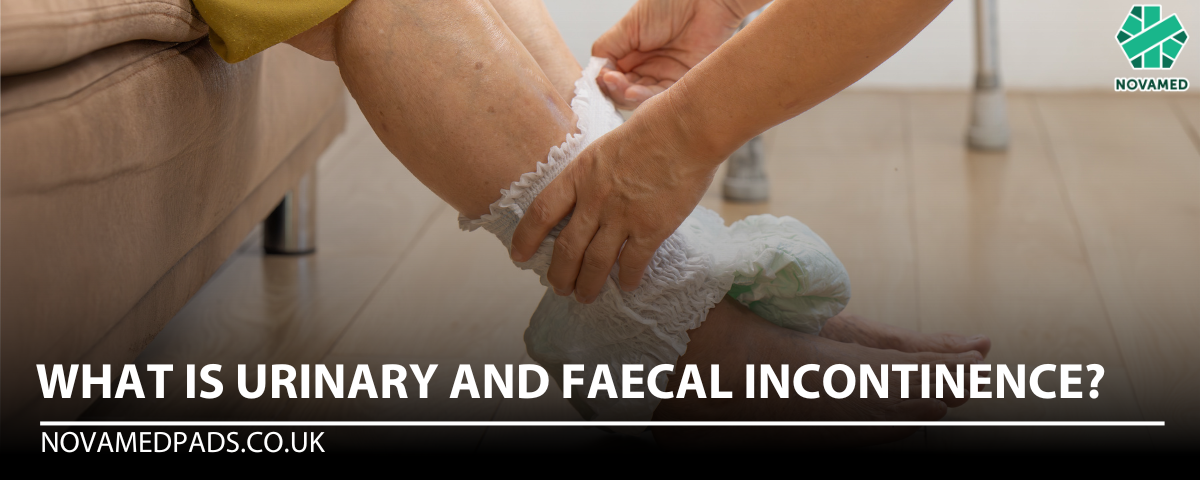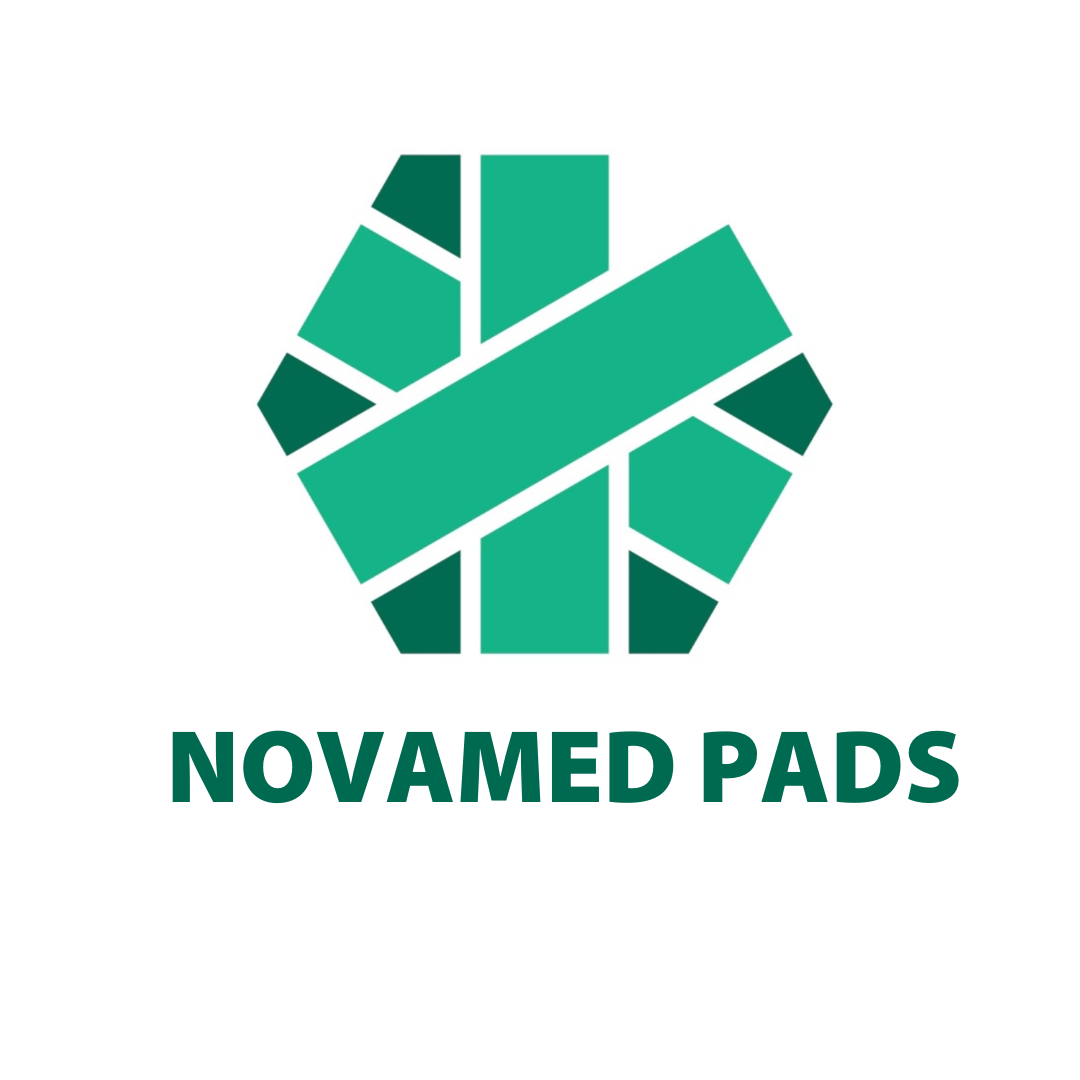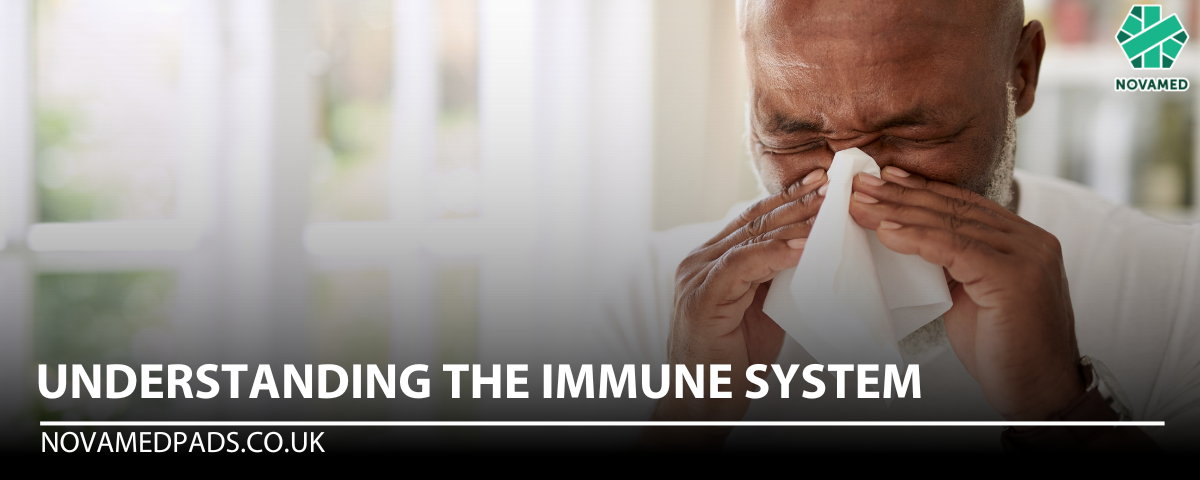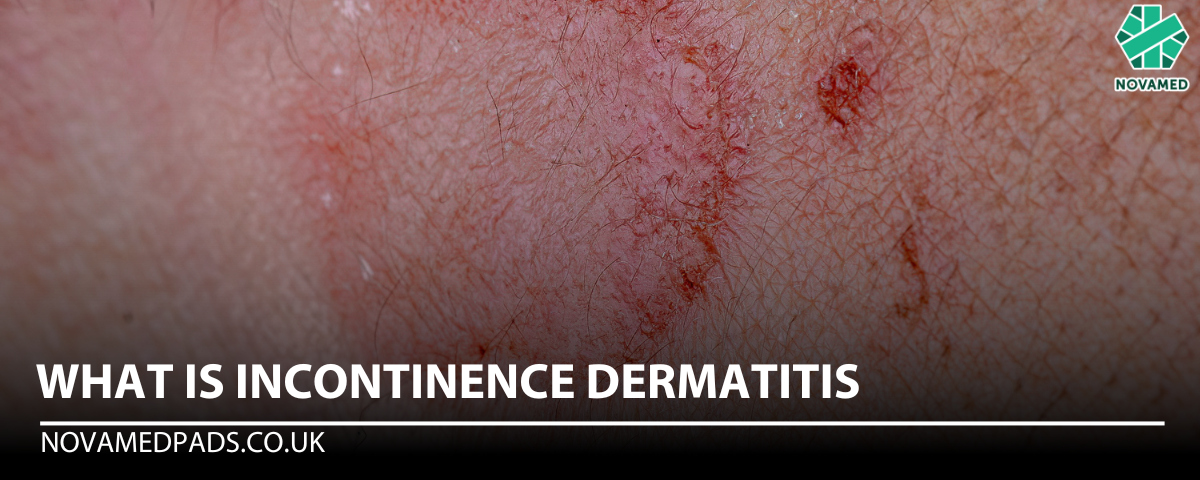
What Is Urinary and Faecal Incontinence?
Urinary and faecal incontinence are common conditions that affect people of all ages, sexes, and backgrounds. Rather than asking who is at risk, it's essential to understand why we should care about incontinence. It doesn’t discriminate, and its severity can range from mild to severe, depending on the individual.
Incontinence can lead to embarrassment, especially when clothing becomes wet in public or when unpleasant odours occur due to soiled sheets. But beyond these social impacts, incontinence may indicate an underlying medical condition that requires attention.
What Are the Types of Incontinence?
There are generally two primary types of incontinence:
1. Stress Incontinence
Stress urinary incontinence is characterised by a sudden loss of bladder control. Common triggers include coughing, sneezing, laughing, or jumping, which increase pressure on the bladder, causing leakage. This type of incontinence often results from weakened pelvic floor muscles, frequently after childbirth, prostate surgery, or other medical procedures that impact nerve function or connective tissue in the pelvic area.
Urine leaks can also be caused by a urethral stricture, where the urethra narrows significantly. In some cases, scarring or narrowing of the bladder neck can cause urine to collect in the lower bladder, making it difficult to empty. Conditions like an enlarged prostate or kidney issues can also contribute to stress incontinence.
2. Urge Incontinence
Urge incontinence involves a sudden and intense need to urinate, followed by an inability to control the flow. This often results from an overactive bladder and can occur after urination is interrupted or delayed. Triggers include long periods without bathroom access, overconsumption of fluids or caffeine, and travel situations.
After experiencing this sudden urge, leakage can occur before reaching the bathroom. Treatments for urge incontinence are often similar to those for stress incontinence, and frequent bathroom trips are necessary to manage symptoms.
What Causes Incontinence?
Incontinence may signal more serious underlying health conditions such as:
- Stroke
- Parkinson’s disease
- Diabetes
- Spinal cord injuries
- Dementia
These conditions can disrupt normal bladder and bowel function, leading to episodes of incontinence.
The Impact of Incontinence on Daily Life
Urinary and faecal incontinence can significantly affect a person’s quality of life. Physically, it can cause discomfort and lead to health issues like skin infections if not managed properly. Socially, it can result in isolation as individuals feel embarrassed or ashamed to discuss the problem. This may lead to withdrawal from family, friends, and social activities.
According to recent studies, 60% of caregivers are affected by incontinence in those they care for. This can lead to frustration and guilt among family members and caregivers, as they may struggle to provide sufficient support for their loved ones.
Emotional Impact
For the person suffering from incontinence, the experience can be isolating. Many avoid discussing the problem due to feelings of shame. On the other hand, those around them might feel helpless or frustrated, creating tension within relationships. These emotional strains can sometimes be more challenging to manage than the physical symptoms of incontinence.
Managing Incontinence: Treatment and Support
Early diagnosis and treatment of incontinence are essential. While stress and urge incontinence can often be managed with behavioural changes, pelvic floor exercises, and medical treatments, it's crucial to consult with a healthcare professional to determine the right course of action. Proper treatment not only helps manage the symptoms but also improves the individual's overall quality of life.
Conclusion
Incontinence is not just a medical issue—it affects every aspect of a person’s life, from physical comfort to emotional well-being. It’s essential to address it openly and seek appropriate treatment, as managing the condition can significantly improve daily life for both sufferers and their caregivers.
If you or someone you know is dealing with urinary or faecal incontinence, consult a healthcare professional to explore treatment options and reclaim your quality of life.
Feel free to explore our full range of incontinence solutions here!
Bladder and bowel incontinence may be caused by conditions which can be treated medically. Please consult your physician for medical advice and guidance.




